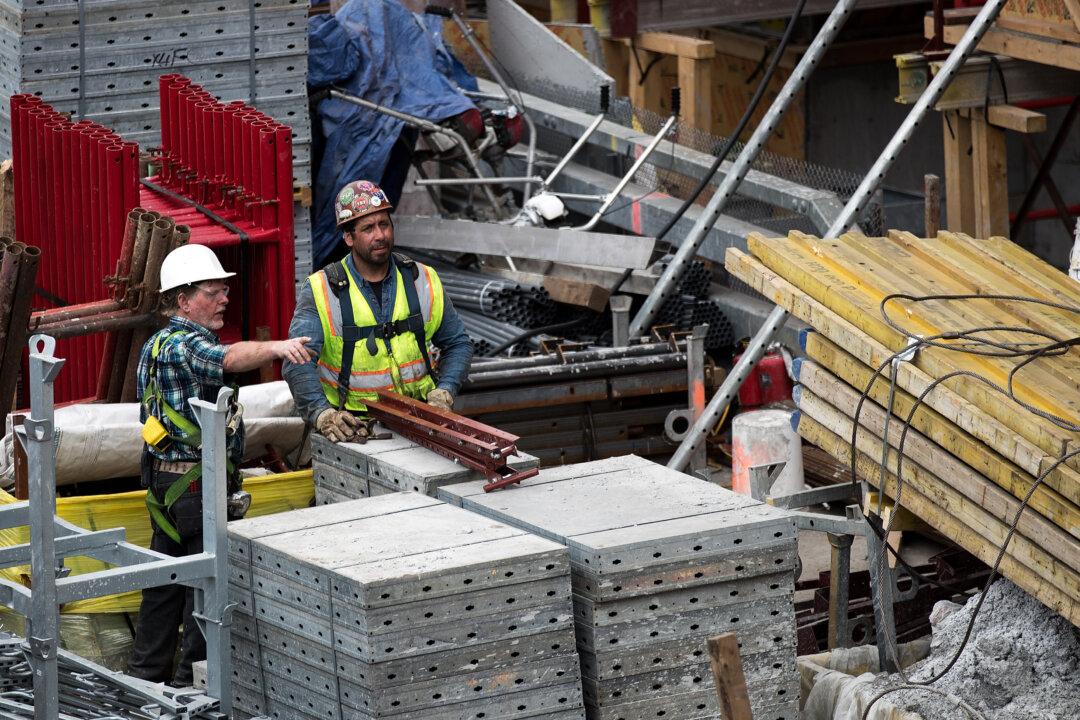The middle-class American family is on the rise with the median household income for 2017 reaching a record high, a Census Bureau survey has shown.
The median income rose to $61,372, from $60,309 a year earlier, when adjusted for inflation (xls).


The middle-class American family is on the rise with the median household income for 2017 reaching a record high, a Census Bureau survey has shown.